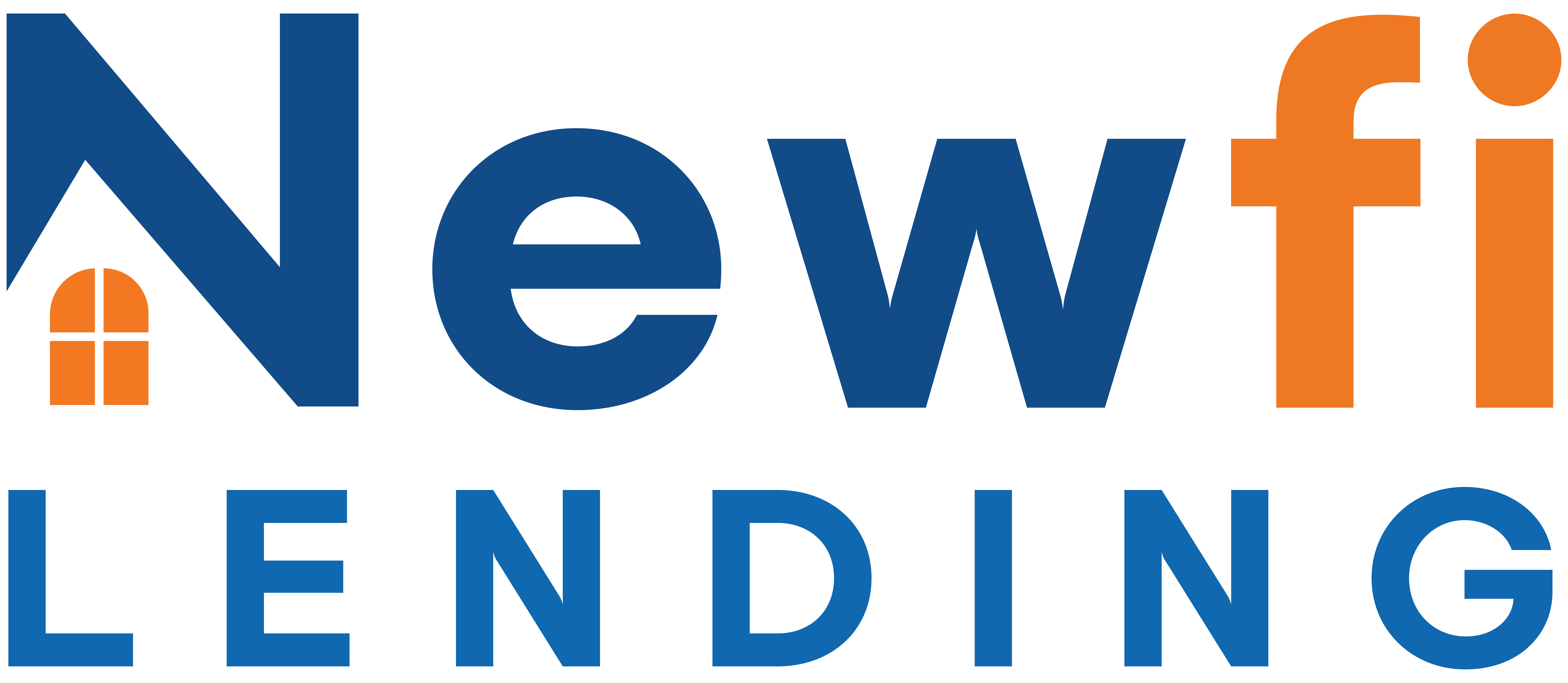Getting a mortgage is a big first step toward owning a home, but the process can feel a bit overwhelming. You may hear terms that leave you feeling confused, especially when it comes to commonly used acronyms. Familiarizing yourself with the following words and phrases can help make the mortgage process feel a little easier for you on your borrower journey.
Loan Term
A loan term is the predetermined length of time that a borrower has pay back their mortgage. Loan terms are broken down into monthly payments. Some loan terms are named for the length of time the borrower will be paying back the loan, such as a 30-Year Mortgage. For example, a 30-Year Mortgage has a loan term of 30 years.
However, the term is not always obvious based on the name.
For example, Adjustable Rate Mortgages (ARMs) are a type of loan term that offers borrowers a fixed interest rate in the initial years of the loan. When that period ends, the rate then adjusts on a reoccurring basis (typically annually) to reflect the changes of the current market.
ARMs have several different loan term lengths. A common example of this type of loan term is the 7-Year ARM, where the initial seven-year period has a fixed interest rate, and the remainder of the loan term has a fluctuating rate. If the term of the fixed-rate loan is 30 years, it means that you have 7 years of a fixed rate followed by 23 years of an adjustable rate.
Loan terms help borrowers understand how long they will be paying down their mortgage, as well as what their principal and interest balance is on their loan. This breakdown is called an Amortization schedule.
Amortization
When a borrower pays down their mortgage monthly over the loan term, this is called amortization. Monthly mortgage payments are made up of both principal (the initial home price after down payment) and interest (the cost of borrowing money from a lender) balances.
Borrowers pay toward both balances monthly until they sell their home or pay off their mortgage loan. Amortization, or an amortization schedule, helps borrows understand how their monthly mortgage payments are broken down between their principal and interest balances.
In the early years of a mortgage, borrower’s pay more toward their interest balance on their loan. This is because loans are typically considered a higher risk to a mortgage lender in the early years of the mortgage. However, as a borrower pays down their mortgage loan, more of their monthly payments go toward their principal balance.
Private Mortgage Insurance
Private Mortgage Insurance (PMI) is an insurance policy that borrowers may be required to pay for in addition to their mortgage payments. PMI is added to a borrower’s monthly payments if the borrower has a down payment that is less than 20% of the total home value.
PMI functions to protect lenders if a borrower defaults on their mortgage loan. Lenders use the money paid into private mortgage insurance to recover the money that is lost because of borrower default.
For example, there are mortgage options available to borrowers that allow for down payments as low as 3%. To offset the risk of default on a large loan balance, lenders may require the borrower(s) to pay private mortgage insurance for a time. Typically, when the borrower pays down 20% of the total loan value, PMI is no longer required.
While PMI is an additional monthly cost, low down payment mortgage options open up an additional avenue to homeownership for borrowers who cannot afford a 20% down payment.
Debt-to-Income Ratio
When qualifying for a mortgage, lenders use debt-to-income (DTI) ratios to calculate how much a borrower pays in monthly debt payments compared to their monthly income. DTI helps mortgage lenders determine how much additional debt a borrower can reasonably take on for their home loan.
To calculate DTI, a lender will take the sum of a borrower’s monthly debt payments and divide it by their gross monthly income. Borrowers who have a higher DTI pay a higher percentage of their income towards debt payments monthly, whereas a borrower with a lower DTI pays a lower percentage of their income towards monthly debt payments.
It’s important for borrowers to be aware of their own debt-to-income situation when they decide to buy a home. DTI requirements can vary between lenders and depend on your situation. However, for some borrowers, it may make sense to pay down debts and lower their DTI before starting the home buying process.
Simplify the Mortgage Process
Qualifying for a mortgage doesn’t need to be confusing, even when you’re doing so for the first time. Newfi Lending is here to help you navigate the process and answer any questions you have about the mortgage process.
Reach out to our team of highly experienced loan advisors today to talk about what home buying could look like for you.

